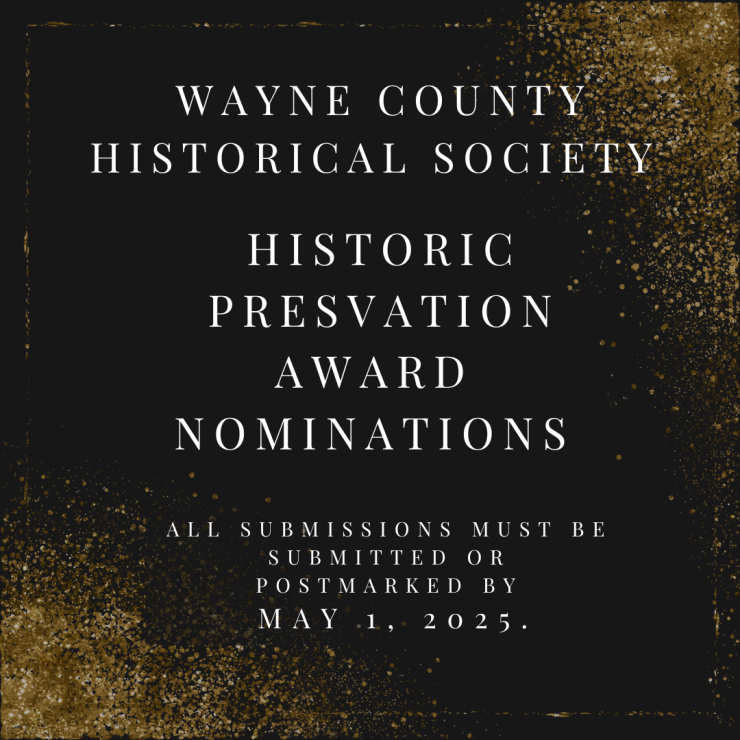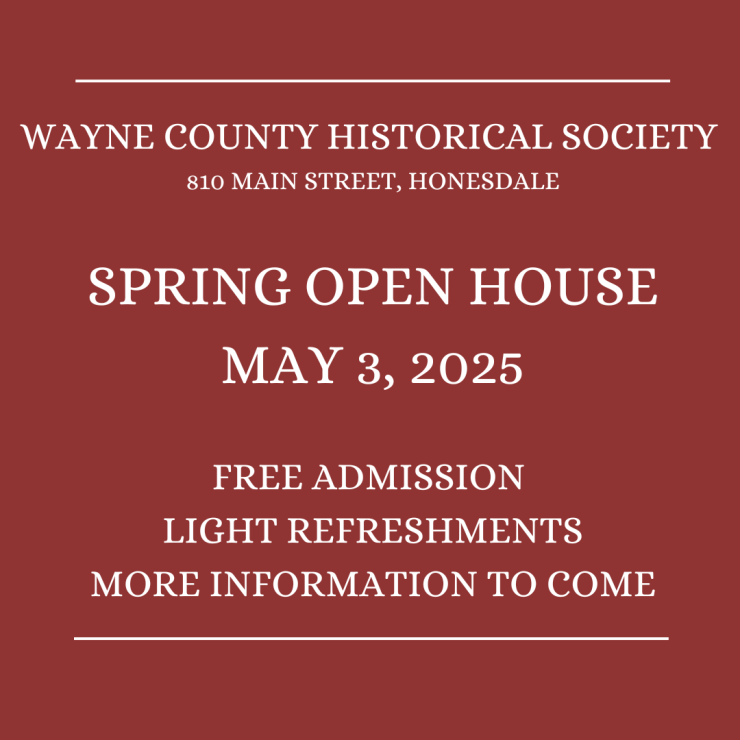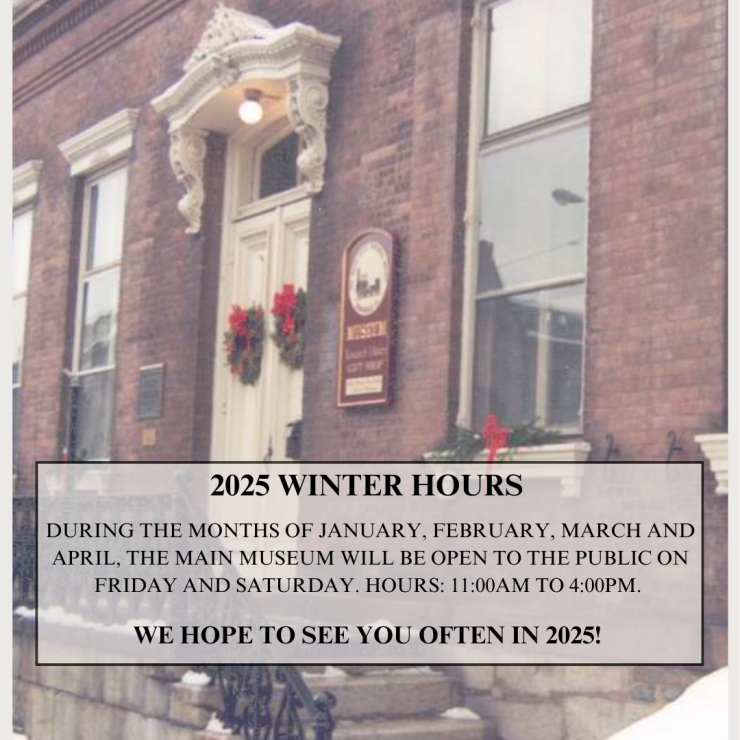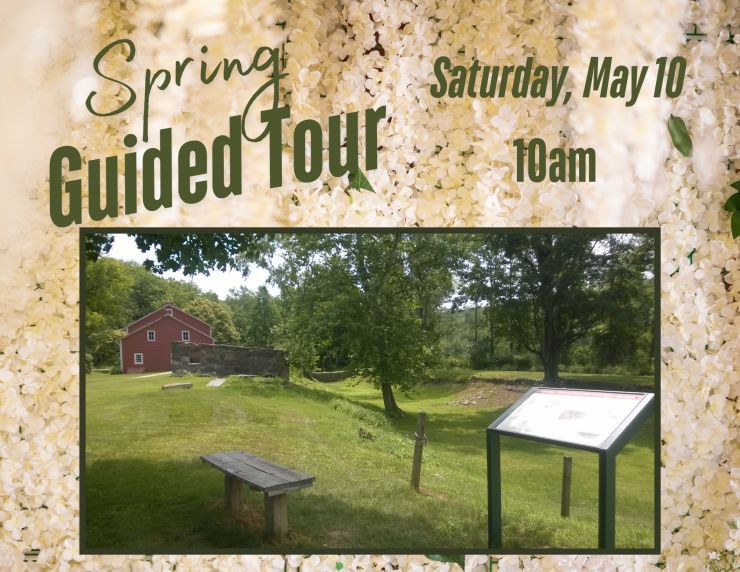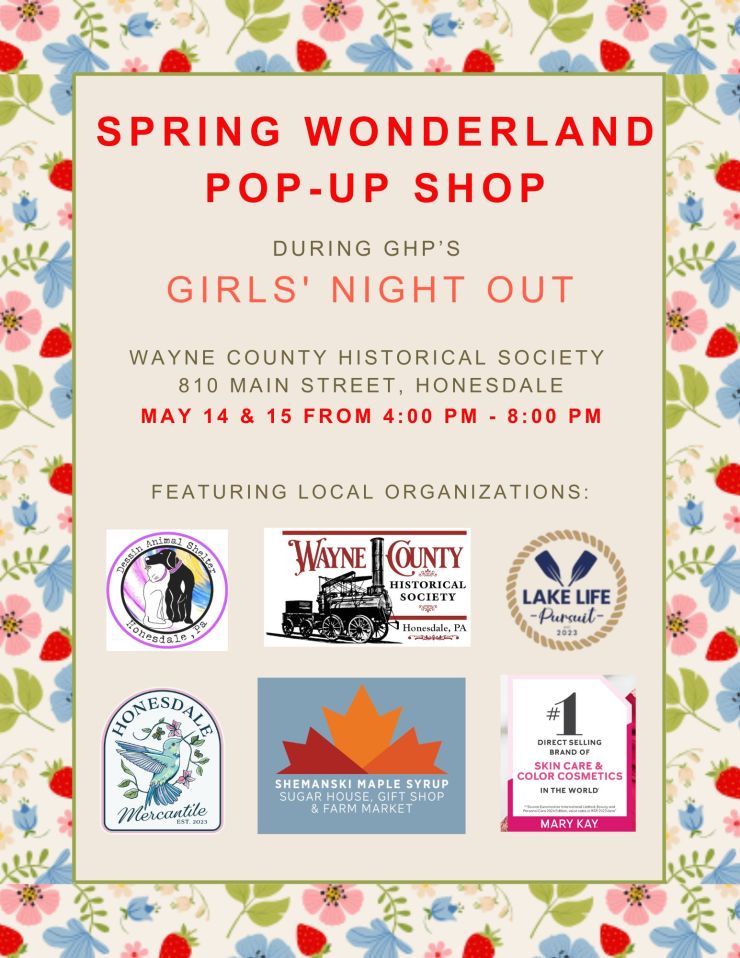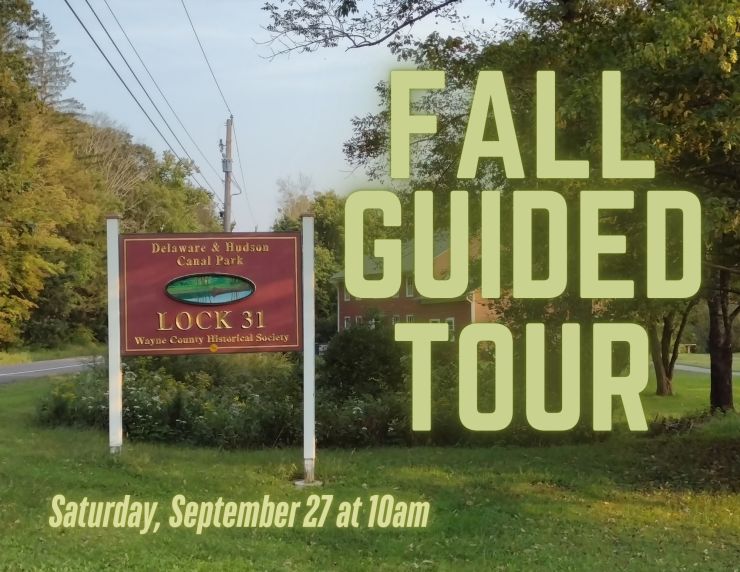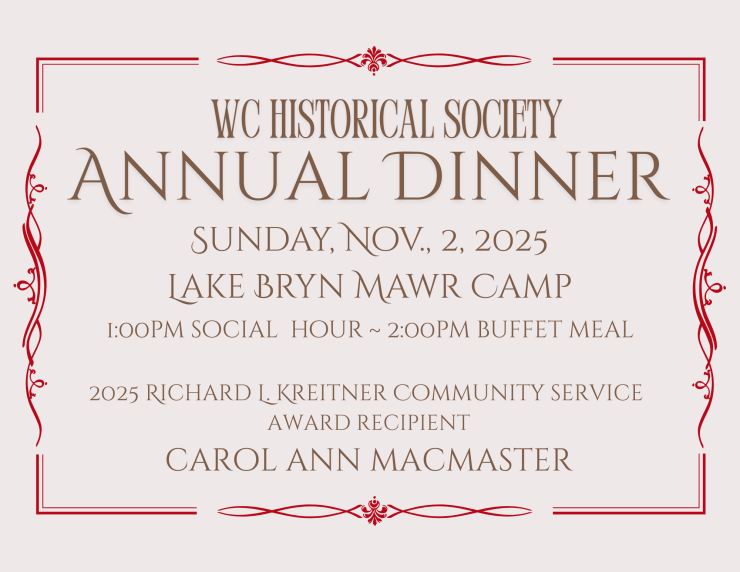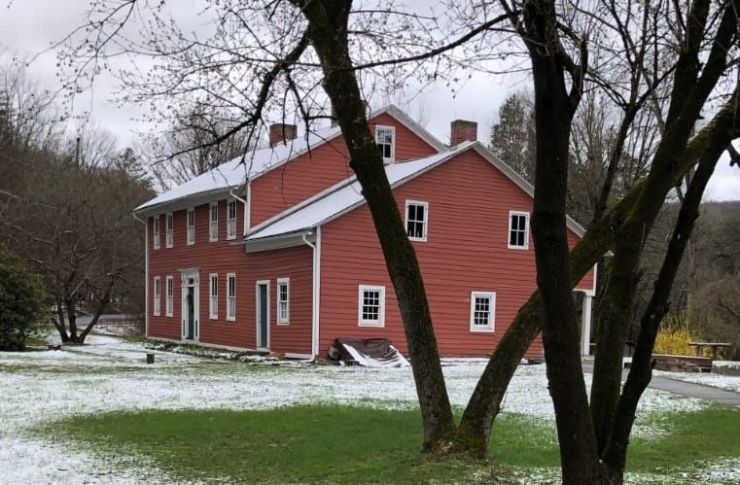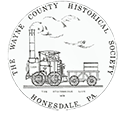Sterling Township
The township of Sterling was taken from a portion of Salem Township on April 25, 1815 and is said to be named in honor of Lord Sterling, a distinguished American General. Although the earliest settler in what was to become Sterling Township was a German named Henry Steven who settled near Butternut Creek about 1800, the early settlers of the township were predominately Irish and arrived there by way of Philadelphia. By 1805 Robert Bortree, Sr., Edward Cross, John Clements and James Simons had taken up residence on the south branch of the Wallenpaupack Creek soon to be followed by Captain Phineas Howe of Massachusetts who settled on the North-South Turnpike, the main thoroughfare from Philadelphia to Easton and northward to New York State. He became a noted innkeeper and his tavern was a well-know stopping place. Captain Howe, along with Jeremiah Bennett and David Noble, were the only non-Irish among Sterling’s earliest residents.
Among the prominent citizens of this growing community were Robert Bortree, Sr. who built the township’s first grist mill and saw mill. John Gilpin was the toll-gate keeper on the North-South Turnpike. William Gilpin served as the first constable with Jeremiah Bennett as the first assessor. His father, John Bennett held the office of county commissioner. An Englishman, Richard Lancaster, was a silversmith by trade and sold his silver spoons in Philadelphia. He held the office of justice of the peace and was elected treasurer and sheriff of the county. David Noble, who had the distinction of being the first merchant, settled in Sterling in 1816 and purchased a large tract of land on which he built the village of Nobletown.
The Howe schoolhouse was built in 1831 and by 1832 the Catterson schoolhouse was built with Mary Ann Cross as one of the first teachers who were paid one dollar per week plus board. In 1837 a school was constructed at Nobletown and Nancy Dayton was the first teacher at that school. By 1878 Sterling Township had 10 public schools and 491 taxable citizens.
A Methodist Class was formed at Nobletown about 1822. The congregation was associated with the Salem Church until 1859 when Sterling became an independent charge. In 1848 carpenters Pierce Coston and Roswell Noble constructed the Noble Hill Methodist Church and the West Sterling Protestant congregation organized in 1879 and built a church at that time. Rev. Joseph Barlow of Salem ministered to the Presbyterian and Congregationalists in Sterling in 1837. The actual church was erected in 1850.The cornerstone of the Zion Episcopal Church was laid on October 25, 1851 during the time Rev. Edwin E. Mendenhall was rector.
Between 1840 and 1850 Sterling saw the settlement of a group of industrious German immigrants. This settlement flourished and added to the advancement, both economic and cultural, of the community. Sterling Township prospered and by 1880 Winter & Ball of Jersey City, NJ purchased one thousand three hundred acres and, under the direction of Charles H. Stratton, erected a mill and factory for the manufacture of umbrella and parasol handles as well as other turned goods. By 1886 the little village of Nobletown, composed of green fields and shaded roads dotted with charming white dwellings, had grown to contain three stores, a blacksmith shop, shoe shop, wagon shop, post-office, church and schoolhouse.
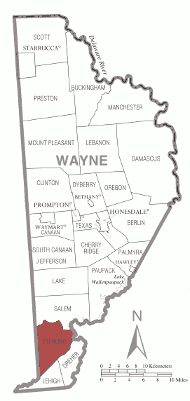
Navigation
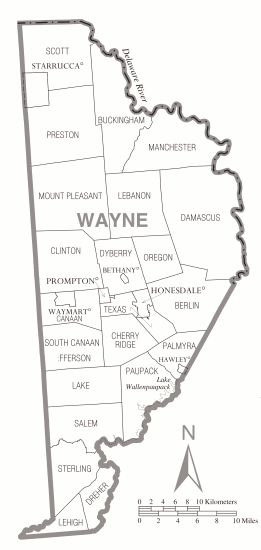
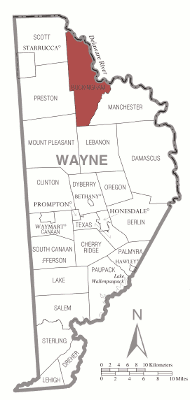
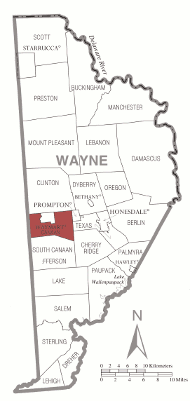
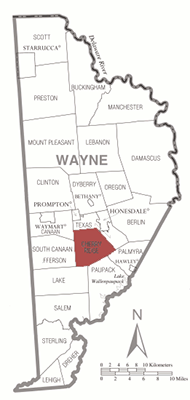
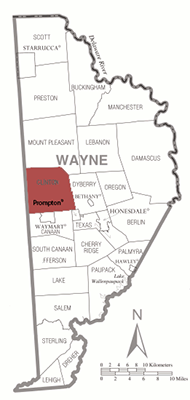
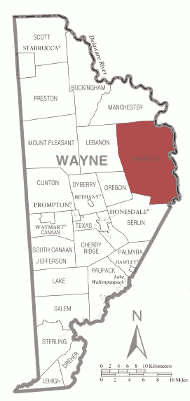
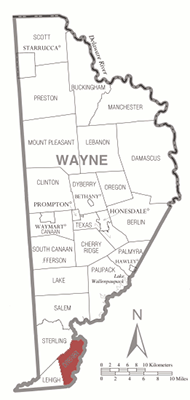
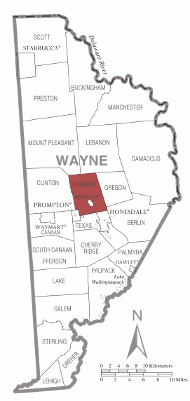
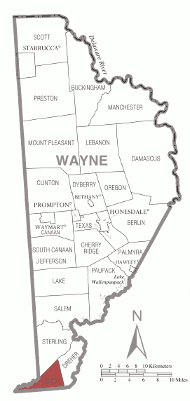

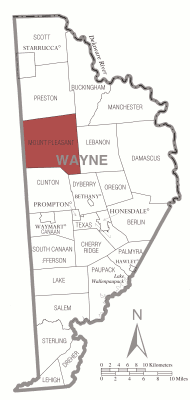
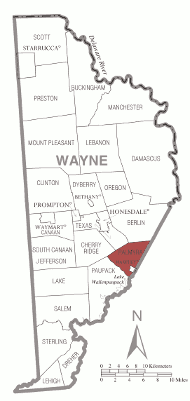
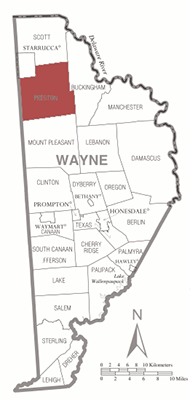


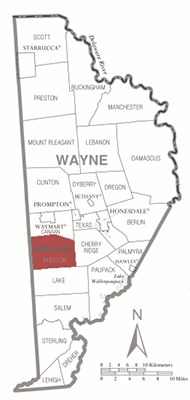

News and Events
